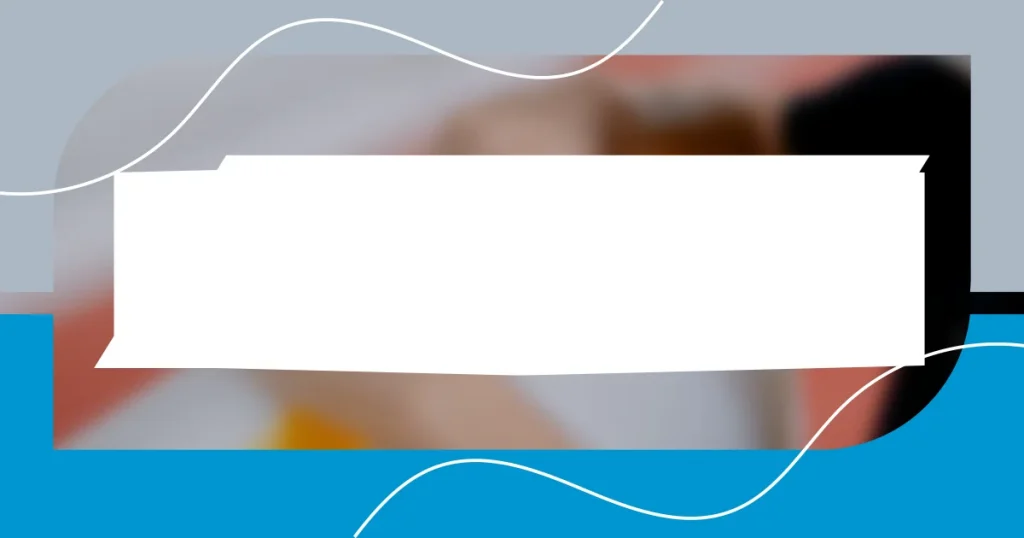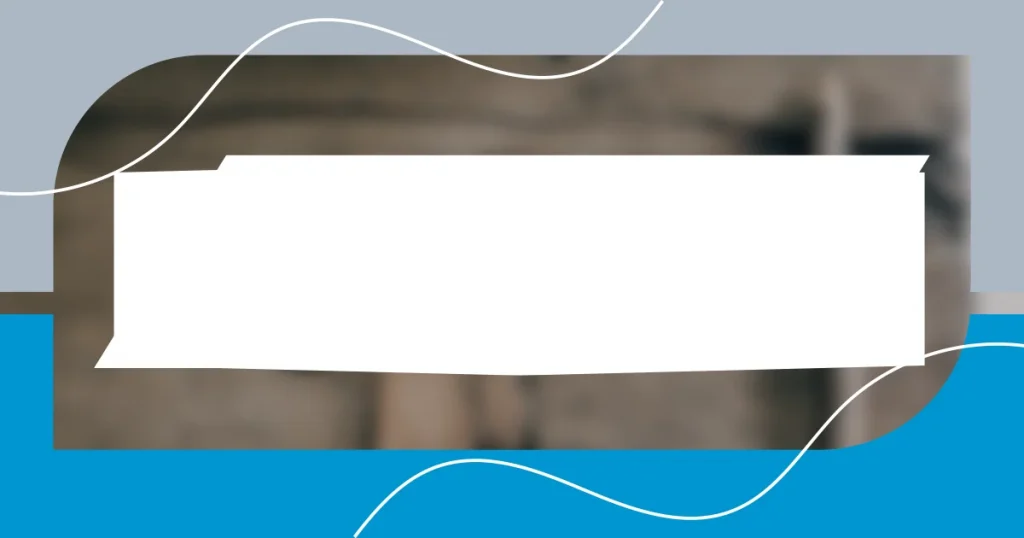Key takeaways:
- Topcoats enhance the longevity and appearance of finishes by providing a protective barrier and preserving colors and details.
- Different types of topcoats—glossy, satin, matte, polyurethane, and water-based—serve unique purposes and can significantly affect the look and durability of a project.
- Proper application and maintenance of topcoats, including preparation, layering, and avoiding environmental extremes, are crucial for achieving optimal results and prolonging the lifespan of the finish.
Understanding topcoats effectiveness
When I first started using topcoats in my projects, I had no idea how much they could enhance the longevity and appearance of my finishes. The effectiveness of a topcoat isn’t just about adding shine; it’s about creating a protective barrier that can withstand daily wear and tear. Have you ever noticed how easily some finishes chip or fade? That’s why understanding the right topcoat for your surface is essential.
One time, I applied a matte topcoat over a hand-painted piece, and the transformation was stunning. I was amazed at how the finish not only preserved the color but also brought out the intricate details of the design. It’s moments like these that make you realize how effective topcoats can be in elevating your craftsmanship. Have you experienced something similar?
It’s also intriguing to think about how the effectiveness of a topcoat can change when considering factors like climate and use. For instance, in humid environments, a water-resistant topcoat truly makes all the difference. Reflecting on my experiences, I can confidently say that experimenting with different topcoats not only helps to protect your work but also opens up a world of creative possibilities. What has your journey been like with topcoats?

Types of topcoats available
When diving into the world of topcoats, I found it fascinating to discover the variety available. Each type serves a unique purpose, depending on the project at hand. For instance, while a glossy finish can give a vibrant pop to colors, a satin finish offers a more subdued elegance that I often prefer for rustic pieces.
Here are some common types of topcoats you might encounter:
– Glossy Topcoats: Provide a shiny finish, enhancing colors and giving a polished look. Perfect for vibrant art pieces.
– Satin Topcoats: Balance between gloss and matte, adding a soft sheen without overwhelming the artwork. I love these for furniture.
– Matte Topcoats: Offer a non-reflective finish, ideal for projects where you want a more subdued appearance. I used one on a textured canvas, and the results were breathtaking.
– Polyurethane Topcoats: Extremely durable, often used for surfaces that endure heavy use. I learned this the hard way after my kitchen table got scratched—now, I always reach for a polyurethane finish for protection.
– Water-Based Topcoats: Quick-drying and less odor than oil-based options. I appreciate their eco-friendliness, especially in small indoor projects.
Each type of topcoat can bring different emotions and aesthetics to your work, and it’s something I continually explore and enjoy as part of my creative journey. Experimenting with these options, I’ve found that the right topcoat can turn an ordinary piece into something extraordinary.
How to apply topcoats correctly
When it comes to applying topcoats correctly, preparation is key. Before you start, make sure your surface is clean and dry. I remember once failing to wipe down a freshly painted piece. The topcoat ended up trapping dust, and the finish was far from perfect. It might sound basic, but taking those extra moments can save a lot of headaches later on.
Layering your application is also crucial. I’ve found that applying multiple thin coats, rather than one thick layer, results in a smoother finish. It may feel tedious, but with each pass, you build protection and hopefully end up with a flawless shine. After a few hours of waiting between coats, I once couldn’t resist testing a project I had just finished. The anticipation was exciting!
Finally, the right tools can make a world of difference. I personally prefer using a high-quality brush or a foam applicator, as they give me more control and help minimize streaks. Sure, experimenting with a spray topcoat is tempting, but in my experience, the brush allows me to work into nooks and crannies better. What tools have you found most effective in your projects?
| Method | Pros |
|---|---|
| Brush Application | Great for detail work; minimizes streaks. |
| Foam Applicator | Even finish with less texture and bubbles. |
| Spray Application | Quick and easy; can cover large surfaces. |

Benefits of using topcoats
Using topcoats has undeniable advantages that can elevate any project. I vividly remember the moment I applied a glossy topcoat over one of my vibrant paintings—the colors transformed right before my eyes, becoming more saturated and alive. It’s like giving your artwork a second chance to shine and truly pop!
Another benefit I can’t overlook is the protective barrier topcoats provide. I once made the mistake of skipping a protective layer on a furniture piece. It didn’t take long for scratches to mar its beauty, and I regretted that choice every time I saw those marks. With that lesson in mind, I now prioritize topcoats because I know they preserve my work and keep it looking fresh over time.
Then there’s the emotional aspect of working with topcoats. Each application feels like a finishing touch, almost like putting on jewelry to complete an outfit. I’ve experienced a swell of pride as I watched a newly coated piece gleam under the light, feeling as if I’ve added depth to not just the artwork but also to my self-expression. Have you felt that sense of completion when you finish applying a topcoat? It’s a wonderful feeling that brings everything together.
Common mistakes to avoid
When it comes to applying topcoats, one common mistake is neglecting to test your product first. I learned this the hard way when I once applied a new topcoat directly to a cherished piece without checking how it reacted with the paint underneath. The unexpected yellowing still haunts me, and now I always do a patch test on a small area first. Have you ever experienced a similar mishap that could have been avoided with a little foresight?
Another pitfall is rushing the drying time between coats. In one of my earlier projects, I was so eager to finish that I applied the second coat before the first one was fully dry. The result? A seriously uneven finish and a regrettable redo. I can’t emphasize enough the importance of patience in this process. Isn’t it so much better to wait the extra time for a perfect finish rather than rushing and risking everything?
Lastly, overlooking the weather conditions can lead to disaster. I vividly remember a day I decided to apply a topcoat outside, only for an unexpected breeze to carry leaves and debris onto my wet surface. The frustration was palpable as I had to start over. I now check the weather forecast religiously before tackling any topcoat application. When considering your next project, are you factoring in your environment, too? It’s one thing to prepare your materials; it’s another to ensure your workspace is right.

Maintenance of topcoats after application
Taking care of your topcoats after application is just as crucial as the application itself. I once thought that simply letting the topcoat dry would do the trick. However, I learned the hard way that regular dusting and gentle cleaning are vital to maintaining that glossy finish. Have you noticed how dirt can cling to surfaces, dulling their shine? Using a soft cloth instead of harsh materials has made a world of difference in keeping my finishes pristine.
I’ve found that avoiding extreme temperatures is essential. One summer, I left a freshly coated piece in a hot, sunny spot, and the heat caused the topcoat to bubble. The disappointment was palpable! Now, I always ensure my pieces are stored in a temperature-controlled area. Have you ever had an experience where the environment affected your project outcome? It’s a lesson worth remembering, as it can save you a lot of heartache down the road.
Finally, I can’t stress enough the importance of periodic reapplication. There was a time when I thought a topcoat was a one-and-done deal. But as life went on—dirt, moisture, and occasional mishaps took their toll. Now, I schedule seasonal checks and apply a fresh layer to keep my pieces looking vibrant and new. Doesn’t it feel good to know that a little maintenance can extend the life of your work? It’s a small investment of time for great rewards!












